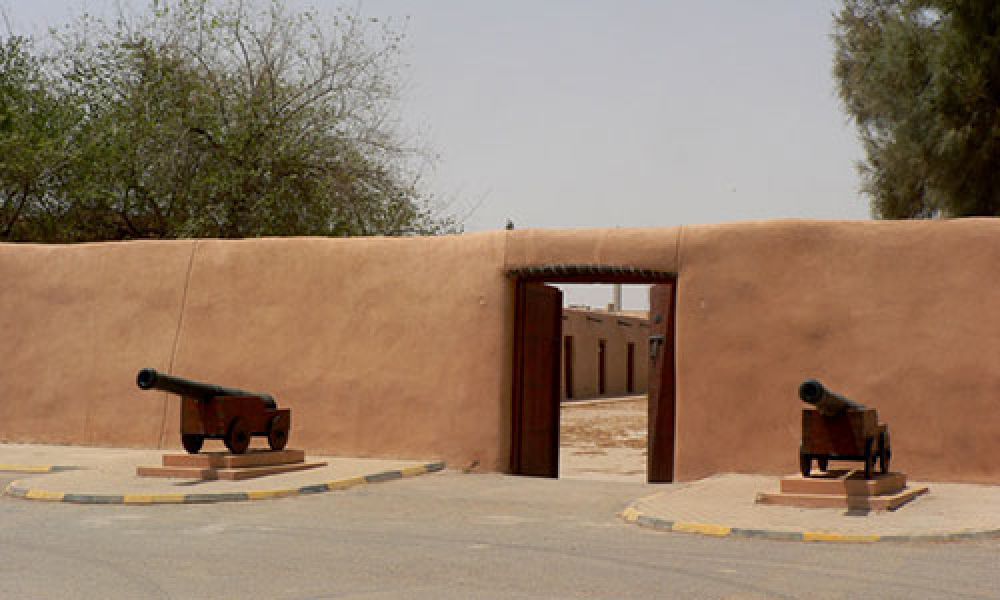

Located in the heart of Jahra, Kuwait, the Red Fort stands as a symbol of historical significance and Kuwaiti heritage. Commonly referred to as AlQasr AlAhmar in Arabic, this formidable structure has been a silent witness to the tides of history that have swept across the region. The Red Fort of Jahra couples architectural marvel with historical importance, making it a compelling destination for tourists looking to delve into the cultural legacy of Kuwait.
The Red Fort was constructed in 1895 during the reign of Sheikh Mubarak Al-Sabah. Its primary purpose was to serve as a defensive stronghold for the area. The fort was named after the red mud bricks used in its construction, a material that was readily available in the region and provided a sturdy base for the fortification.
The fort gained its prominence during the Battle of Jahra in 1920, when it became the focal point of a conflict between the forces of Kuwait's Sheikh Salem Al-Mubarak Al-Sabah and the Ikhwan from Najd, led by Faisal Al-Duwish. This confrontation marked a pivotal moment in the defense and consolidation of Kuwait's borders.
Initially, the Red Pont held little interest as a tourist destination. It wasn't until the establishment of the Kuwaiti government's efforts in historic preservation and cultural promotion in the latter half of the 20th century that the site started to gain traction among tourists.
In recent years, the fort has undergone renovations to preserve its integrity and to make it more accessible to visitors. Interactive exhibits and tours have been introduced to provide educational experiences that narrate the history of this iconic landmark.
Today, the Red Fort is integrated into Kuwait's broader efforts to attract tourism. Tourists are drawn to the site for its authentic representation of the country's heritage and its importance in Kuwait's national narrative.
Tourism trends have shifted considerably with the advent of social media and digital platforms. Tourist interactions often involve guided tours, historical reenactments, and engaging in the fort's history through mixed-reality experiences. Visitors also enjoy capturing their moments at the Red Fort and sharing them on platforms like Instagram, contributing to the fort's rising profile as a must-visit destination in Kuwait.
Visitors to the Red Fort can expect to see the traditional Kuwaiti architecture and learn about the lifestyle of earlier times. The fort's defensive mechanisms, including watchtowers and gun placements, evoke images of historic battles. Tour guides share captivating stories about the lives of the soldiers who were stationed here and the strategies employed during conflicts.
Annual cultural events and festivals often take place on the fort's grounds, celebrating Kuwaiti culture and history, whileeducational programs for students are frequently held to instil a sense of pride and heritage consciousness among the younger generations.
The Red Fort acts as a bridge between Kuwait's illustrious past and its evolving future. Tourism at this site not only celebrates the country's rich history but also educates visitors on the resilience and cultural depth of the Kuwaiti people. As tourism trends continue to evolve, the Red Fort remains an unchanging testament to Kuwait's historical wealth and a beacon for future tourist exploration.